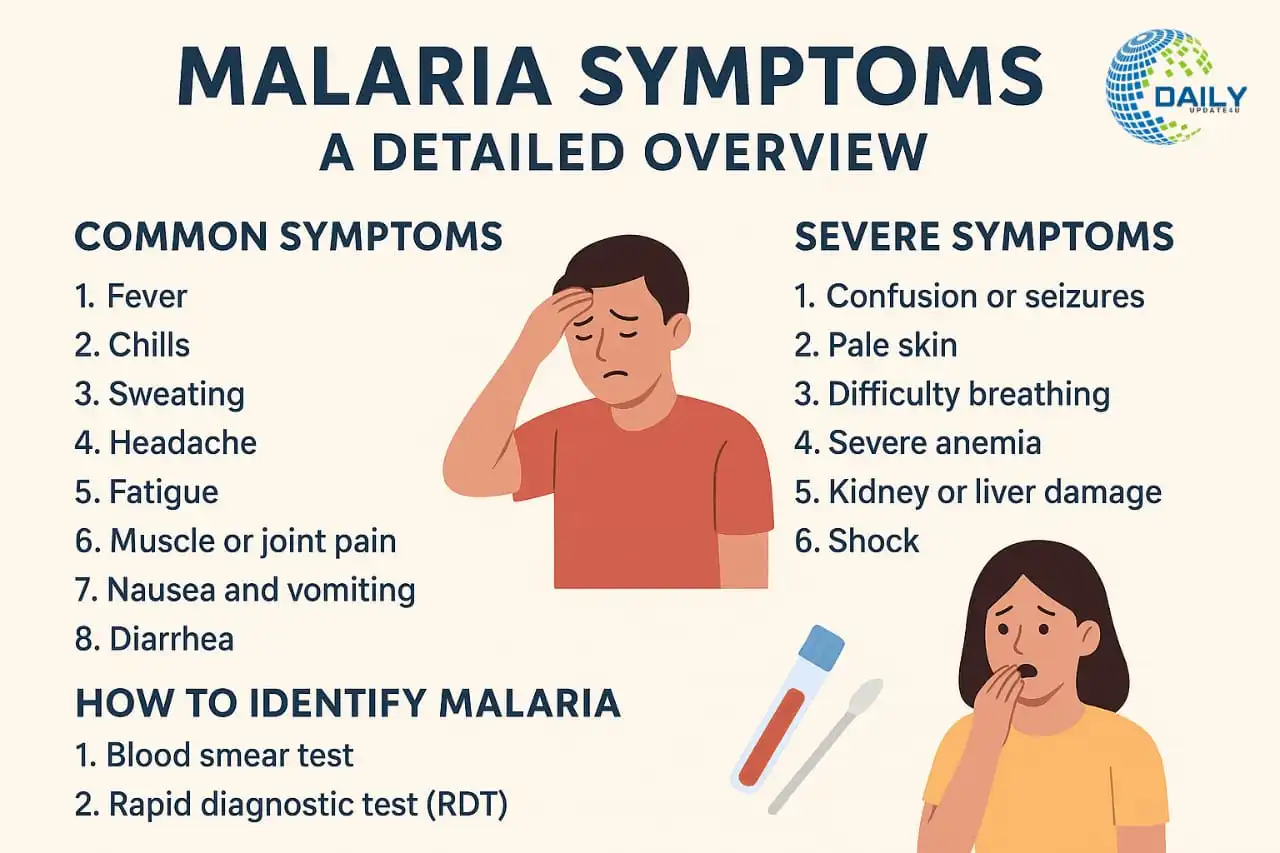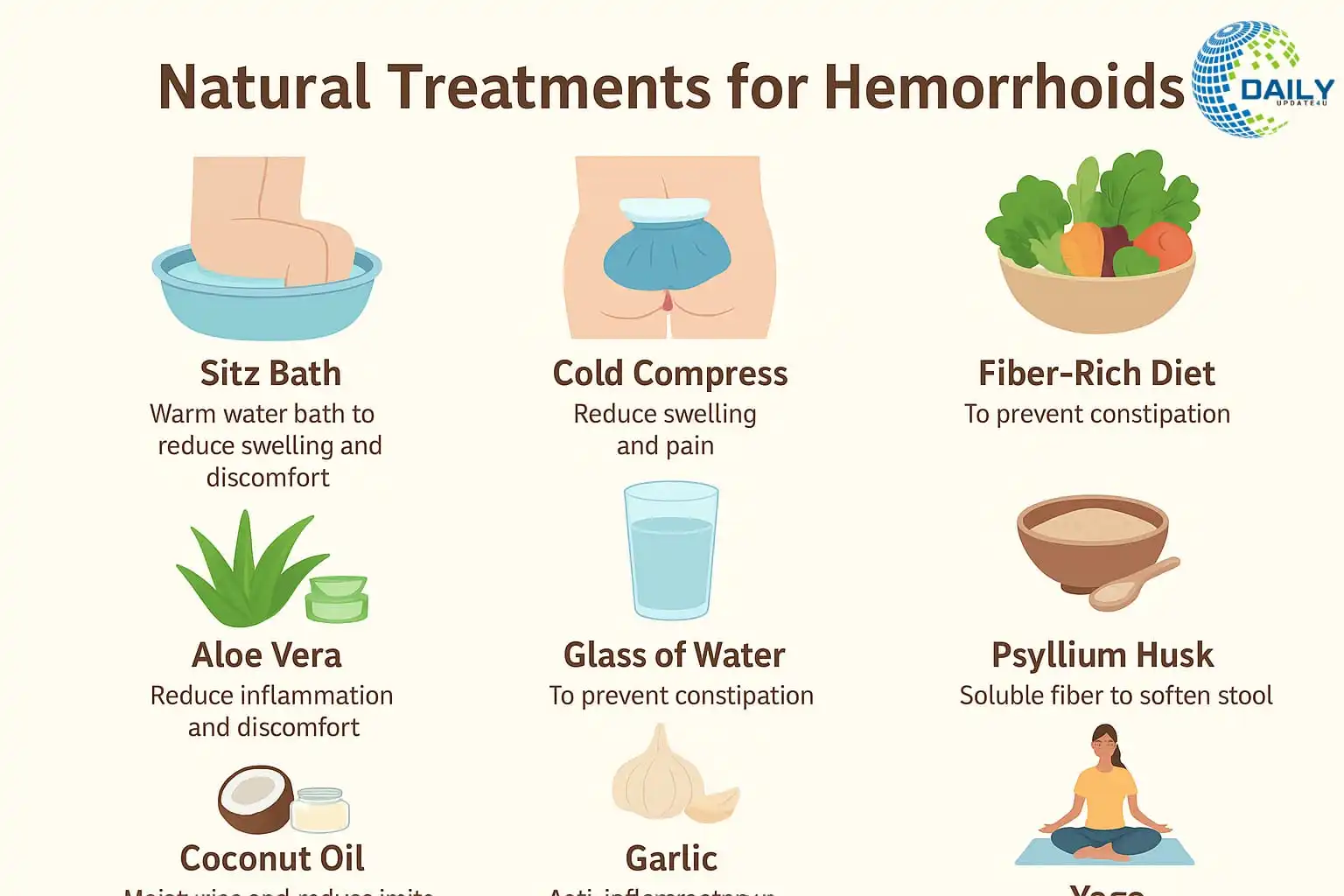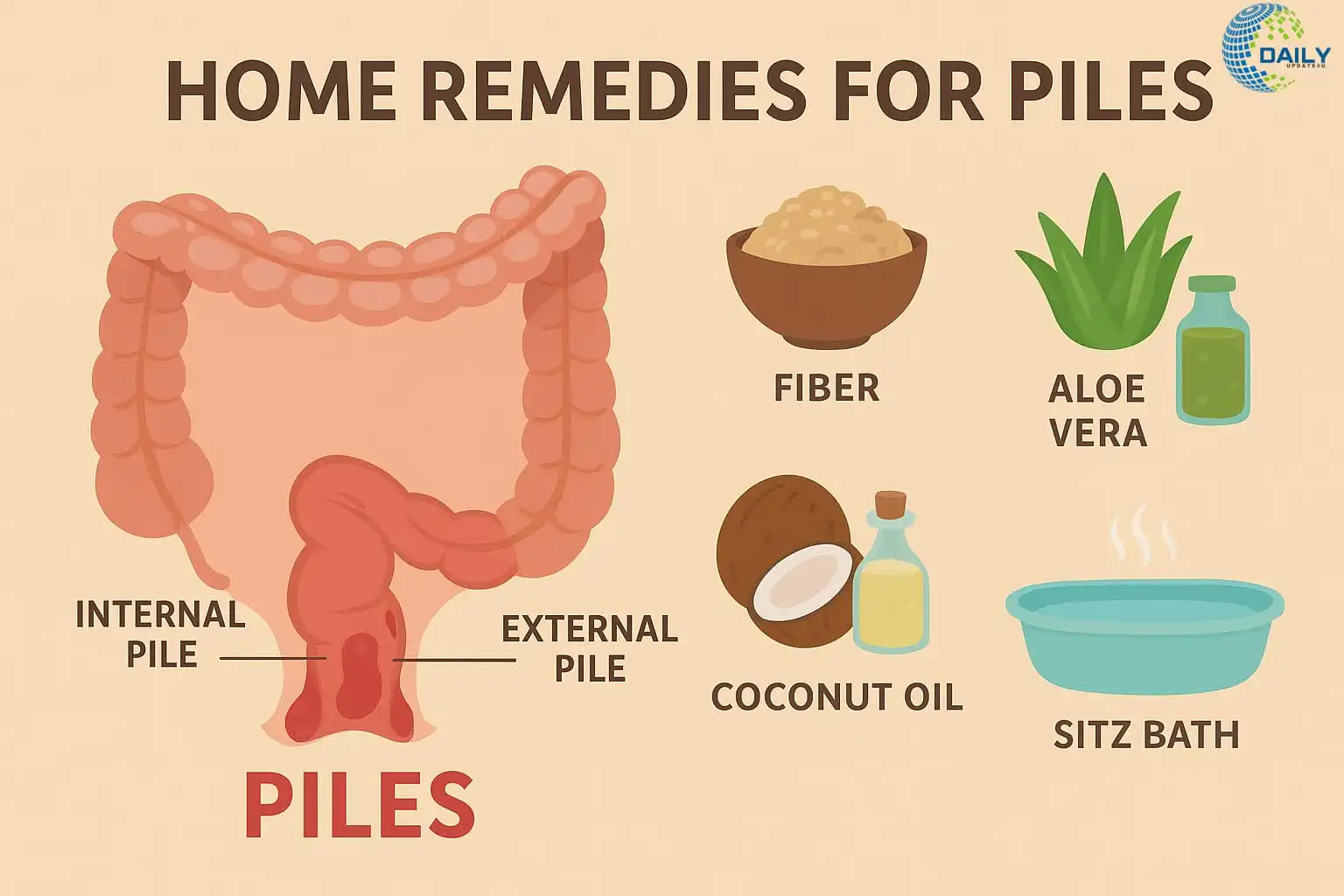
Malaria is a deadly and ancient disease that still affects millions of people. According to World Health Organization reports, millions of people are infected with malaria each year, and millions die. This disease is primarily spread by mosquitoes and spreads rapidly in areas with hot and humid climates. Malaria is a major public health problem in India. Symptoms of Malaria: its symptoms, early signs of malaria, signs of severe malaria, prevention, and treatment.
In this blog, we will explore the causes of malaria, its symptoms, early signs of malaria, signs of severe malaria, prevention, and treatment. In particular, we will understand the symptoms that can alert malaria patients and their families.
➡What is malaria?
Malaria is an infectious disease caused by a parasite called Plasmodium. This parasite enters the human bloodstream through the bite of an infected female Anopheles mosquito.
✅Malaria Transmission Process
🔵When a mosquito bites, it releases the parasite into the human body along with its saliva.
🔵This parasite thrives in the liver.
🔵After a few days, it infects red blood cells.
🔵Due to the repeated breakdown and infection of cells, the patient experiences symptoms such as fever, chills, and sweating.
➡Main Symptoms of Malaria
Symptoms of malaria may sometimes resemble a normal fever, but they have some distinctive features. So let’s understand them in detail.
✅ Fever
⏺This is the most prominent symptom of malaria.
⏺Fever usually occurs in cycles, with a sudden high fever, then subsiding with sweating.
⏺Sometimes the fever can reach 104°F.
✅ Chills (shivering)
⏺Severe chills begin before the fever sets in.
⏺The patient feels so cold that even after covering himself with a blanket, his body continues to shiver.
✅ Excessive Sweating
⏺The patient sweats profusely after the fever subsides.
⏺This is a characteristic pattern of malaria – chills → high fever → sweating.
✅ Headache
⏺Severe headache and heaviness in the head.
⏺Sometimes this pain persists.
✅ Fatigue and Weakness
⏺Malaria drains the body’s energy.
⏺The patient feels constantly tired and has great difficulty getting out of bed.
✅ Muscle and Joint Pain
⏺The body feels aching with pain in malaria.
⏺This pain is similar to that of flu-like illnesses.
✅Nausea and Vomiting
⏺Malaria can cause nausea and frequent vomiting.
⏺Malaria can sometimes cause a complete loss of appetite.
✅Diarrhea (in some cases)
⏺Diarrhea is also seen in some malaria patients.
➡Severe Symptoms of Malaria
If not treated promptly, malaria can become serious. In severe cases, the following symptoms may appear:
✅Fainting or Seizures
If the malaria parasite reaches the brain, the patient may experience seizures. This condition is called cerebral malaria.
✅Yellow Eyes and Skin
Malaria causes anemia and jaundice due to the destruction of red blood cells.
✅Difficulty breathing
Malaria causes patients to experience rapid breathing or shortness of breath.
✅Anemia
Malaria causes blood loss, which increases weakness.
✅Kidney and liver effects
Severe malaria can lead to kidney failure and liver damage.
✅Dropping blood pressure
This can be a life-threatening condition.
➡Symptoms of malaria in children and pregnant women
⏺Sudden high fever, crying, refusal to feed, and seizures are common symptoms of malaria in children.
⏺Malaria can pose a risk to both pregnant women and their babies.
➡How to identify malaria?
Malaria can be suspected based on symptoms, but testing is necessary for a definitive diagnosis.
✅Blood smear test – Identifies the parasite by examining a blood slide.
✅Rapid diagnostic test – Report within minutes.
✅Serological test – For severe cases.
➡Prevention of malaria
⏺Use mosquito nets.
⏺Use mosquito repellent or spray.
⏺Do not allow water to accumulate in and around the house.
⏺Wear full clothing at night.
➡Treatment of malaria
⏺Anti-malarial medications are prescribed in consultation with a doctor.
⏺The most common medications are chloroquine and artemisinin-based combination therapy.
⏺Severe malaria may require injections and hospitalization.
➡Home Care
⏺Give the patient adequate rest.
⏺Provide light and nutritious food.
⏺Give plenty of water and fluids.
⏺In case of fever, apply a wet cloth bandage.
➡Conclusion
Malaria is a serious disease that should not be taken lightly. Because it can prove to be a dangerous illness, its initial symptoms resemble those of a normal fever, but the hallmarks of malaria are chills, high fever, and sweating. With timely diagnosis and proper treatment, this disease can be completely eradicated.
👉The purpose of this blog is to make you aware of the symptoms of malaria so that you can take appropriate action in time.






